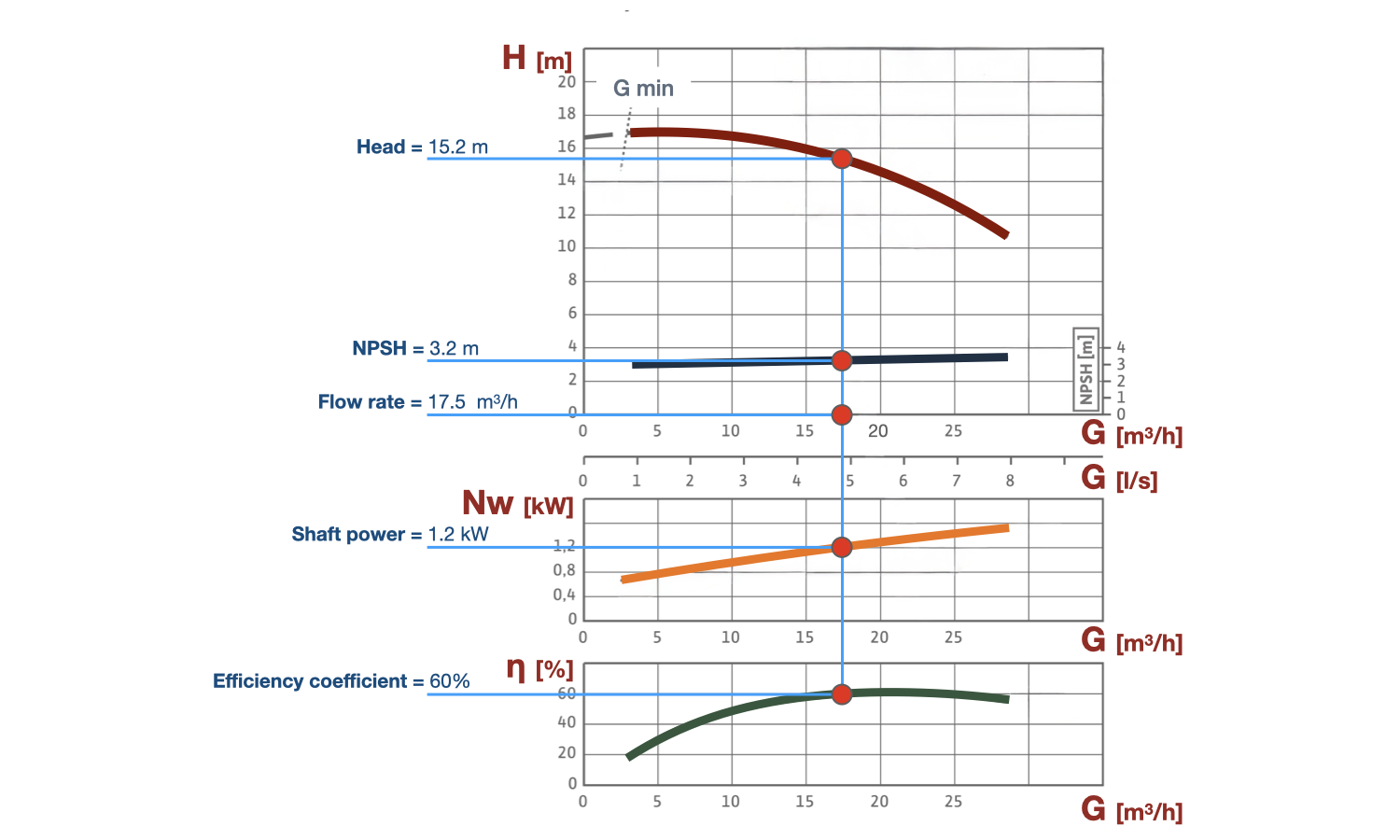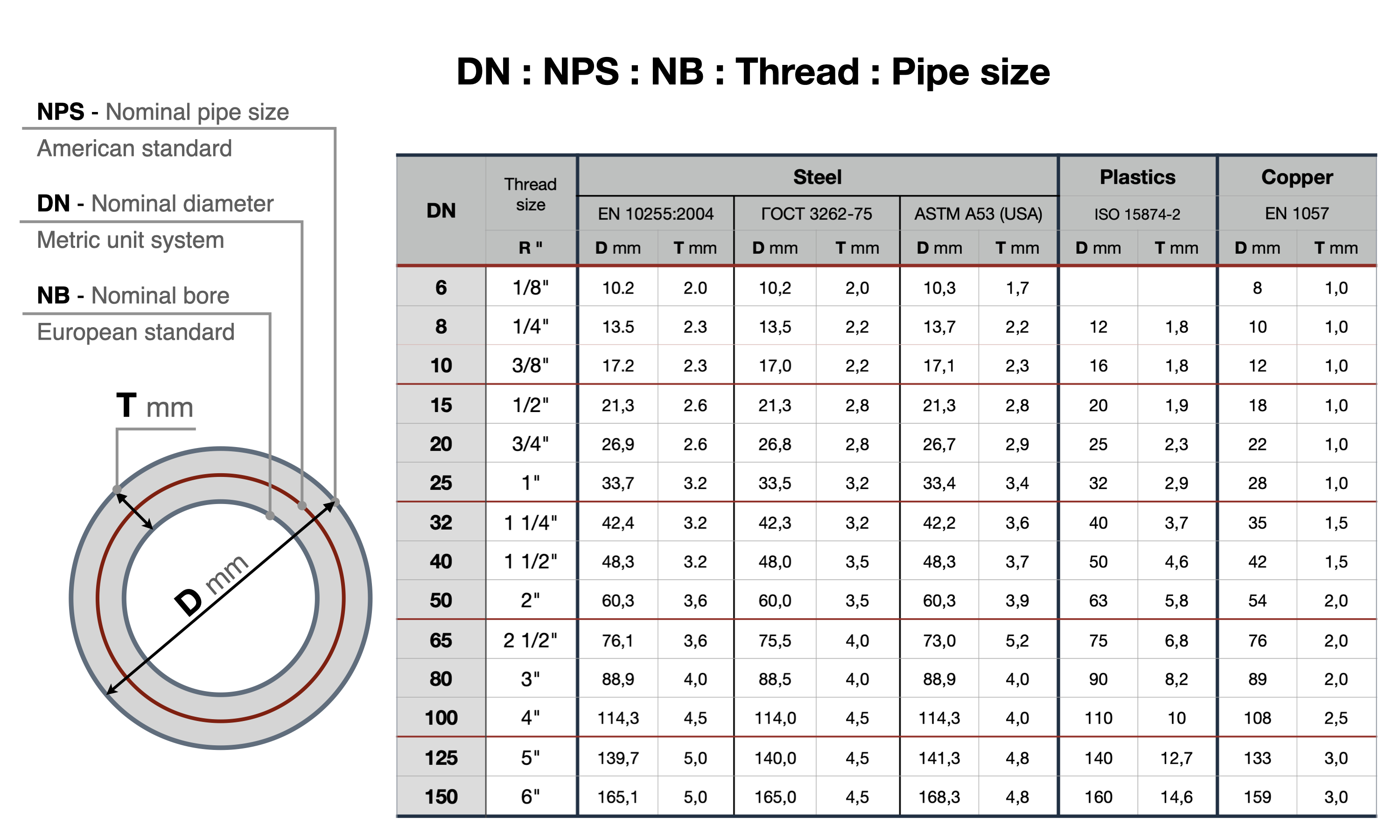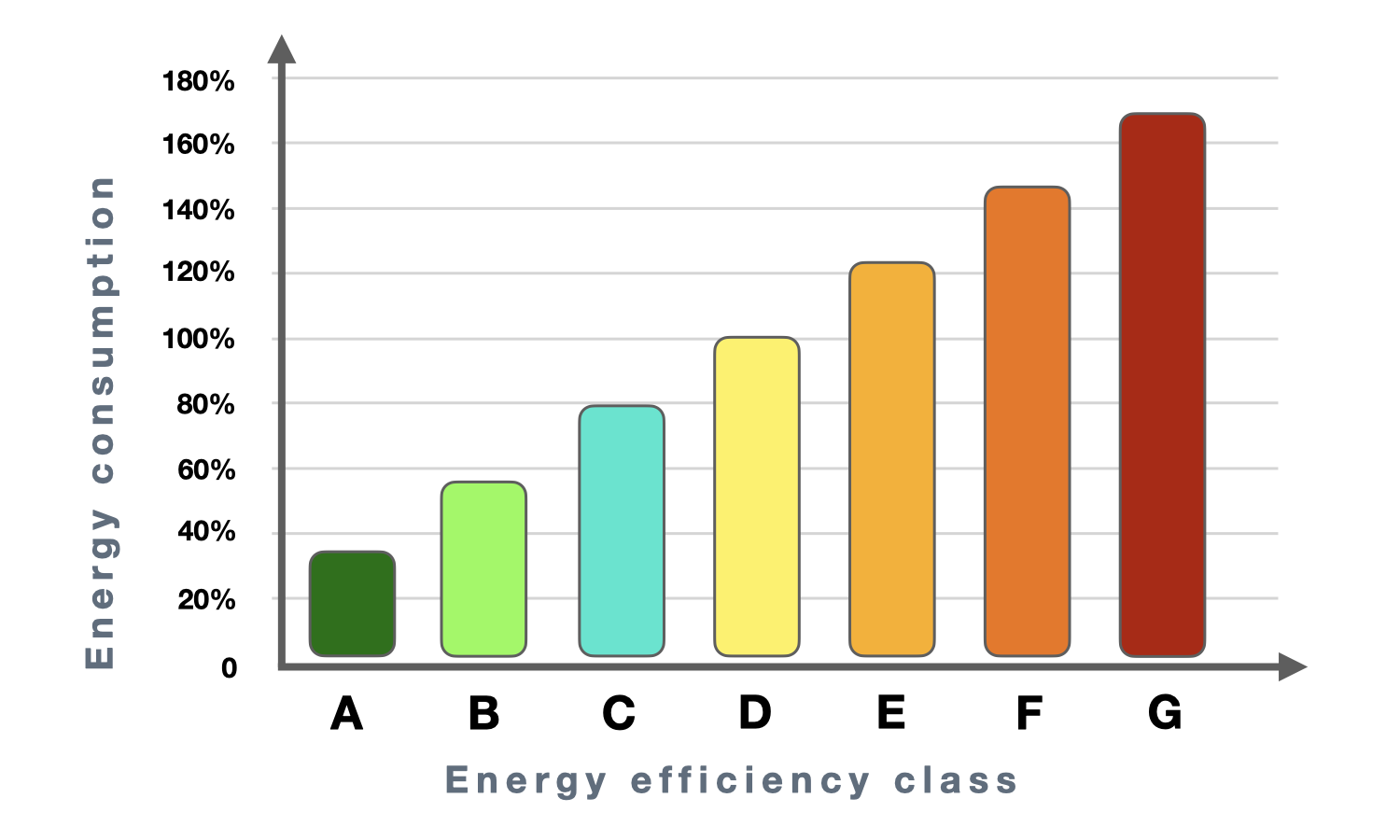Please do not block ads on our site. Clicks on ads help us exist, grow and become more useful for you!
Technical specifications of circulation pumps
Head - H [m] - the difference in pressure between the inlet and outlet nozzles of the pump. The head of the circulator pump always equals the sum of the head losses on all elements of the circulation circuit. The height of the connected system does not affect the pump head - it should cover only the hydraulic losses in the circulation circuit.
Flow rate - G [m³/h] - is the volume of water that the pump delivers per unit of time. The actual flow rate of the circulator pump is determined by superimposing the head-flow characteristic of the pump on the hydraulic characteristic of the circulation circuit.
Head-flow characteristic of the pump - is a graphical representation of the dependence of the pump flow rate on the head in coordinates [m³/h]/[m]. The head-flow characteristic is separately compiled by the manufacturer for each type of pump based on data obtained from sample tests and is indicated in the technical catalogs.
Hydraulic characteristic of the circulation circuit - is a graphical representation of the dependence of the head losses in the circulation circuit on the water flow rate passing through it, in coordinates [m³/h]/[m]. Since the change in head losses in the circulation circuit is proportional to the square of the change in water flow rate, the hydraulic characteristic of the circulation circuit is always represented in the form of a parabola.
For example, to increase the flow rate of the circulating water in the heating system by 2 times, it is necessary to increase the head of the circulator pump by 2² = 4 times.
Operating point of a circulating pump is the point of intersection between the pump's head-flow characteristic and the hydraulic characteristic of the circulating system. The working point reflects the actual flow rate and head of the pump in the circulating system.
Net positive suction head (NPSH) is the minimum absolute pressure in the pump's suction pipe at which operation without cavitation is guaranteed. The NPSH value is determined individually for each pump model based on sample testing and is indicated in catalogs in the form of graphs. The NPSH value is higher the higher the temperature of the pumped water.
Useful power — Nu [W] — corresponds to the energy transmitted to the fluid per unit time.
Nu = ρ · g · Q · H
Shaft power — Nw [W] — is the mechanical power transmitted to the pump shaft. The mechanical power is greater than the useful power by the amount of hydraulic losses and losses due to friction in the impeller.
Nw = Nu / η
Efficiency coefficient — η [%] — is a characteristic of the efficiency of a circulating pump, determined as the ratio of useful power to shaft power.
Nominal diameter — DN — is a dimensionless designation that roughly corresponds to the internal diameter of the pump's connection pipes in millimeters. Nominal diameters are used to standardize the dimensions of pipeline fittings.
Nominal pressure — PN [bar] — is the maximum excess pressure of the working medium at a temperature of 20°C, at which long-term and safe operation is guaranteed.
Energy efficiency class — [A-G] — is a widely accepted classification of household goods that reflects the energy efficiency. Energy efficiency classes are denoted by Latin letters from A to G. Goods marked with the letter A have the lowest energy consumption, and goods with the marking G have the highest energy consumption.
If circulating pumps with similar hydraulic characteristics of different energy efficiency classes are compared, it can be established that the difference in energy consumption between pumps of two adjacent classes is 22%. A pump of class A consumes only about 33% of the electrical energy required to operate a pump of class D.
question : comment : feedback
558
 Catalog of
Catalog of circulation pumps
DAB
DAB
DAB
DAB
Wilo
Wilo
Wilo
Wilo
IMP Pumps
IMP Pumps
IMP Pumps
IMP Pumps
IMP Pumps
Calpeda
Calpeda
Calpeda
Calpeda
Calpeda
Grundfos
Wilo
Wilo
Wilo
Wilo
Wilo
Calpeda
Calpeda
Grundfos
Grundfos
Grundfos
Grundfos
Grundfos
DAB
DAB
Smedegaard
Smedegaard
Smedegaard
Lowara
Lowara
Lowara
Lowara
Lowara
IMP Pumps












 Tutorial Grundfos
Tutorial Grundfos
